Camping can be a great experience to share with family and friends, offering a straightforward reprieve from all the hustle and bustle in everyday life. Prospective campers should still pick up a few critical skills before trying their hand out at the hobby, because not every camping trail has dependable Wi-Fi. When your data plan just can’t cut it, knowing what to do is half the battle.
Camping is a great way to pass the time but needs some level of prep work to make the most out of your outing. Learning to handle the most common concerns puts you in more control of potential situations, and avoids the biggest pitfalls that usually plague beginners. The following will cover the most indispensable camping skills needed for a safe, enjoyable trip.
- Trip Planning
- Navigation
- Injury Prevention and First Aid
- Pest and Critter Safety
- Camp Setup
- Meal Preparation
- Water Treatment
The outdoors can be a lot of fun, but it pays to prepare yourself for the trip. Learning what might be needed means less time troubleshooting down the line. Here are some camping skills newcomers need to make the best of their time in the wild.
Camping Skills 101
Trip Planning
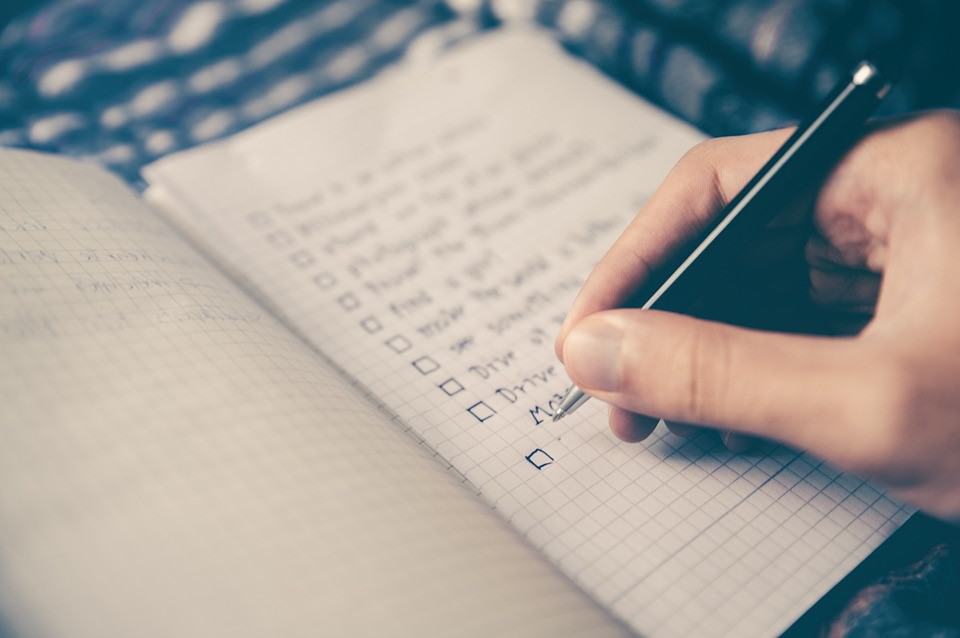
Trip planning isn’t just sorting out what gear to take, but figuring out everyone’s needs and what potential complications could crop up at bad times. A diabetic person, for instance, would need their insulin requirements accommodated for the duration of their stay.
Checklists are very useful for handling this daunting process. Checklists let you organize tasks into an uncluttered, easy-to-digest format. You could even make multiple copies, so everyone on the trip could chip in.
It’s also important to remember other potential contexts that might play a part in the trip. spontaneous family outing could coincide with a weekend promo, and you might be surprised to find your quiet weekend plans interrupted by dozens of other families within earshot.
Keeping tabs on the daily forecasts is very important to avoid overlapping travel with weather issues. Bad planning could lead to rainfall mid-trip. That cool, airy hike everyone looked forward to might end up shelved in favor of a waterlogged evening waiting it out under a tent. If your travel involves a boat ride, you also run the risk of falling overboard.
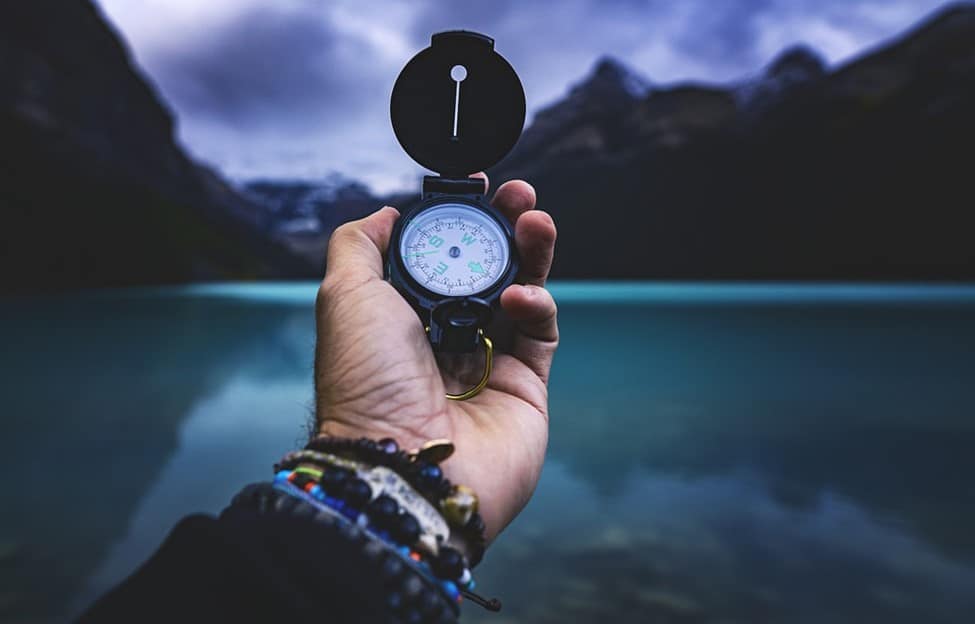
The next big concern is how your group aims to arrive to those places. Most hikers have personal guides, trail markers, and other ways to keep track of the designated paths. If your tour has an experienced point person – either one of your group or dedicated staff at the venue – pay attention to where they’re going and follow suit.
Trail Markers
Trail markers can be found painted or tied on trees, usually above eye level. They can also be marked with signposts or piles of rocks (“Cairns”), and serve to designate checkpoints on the beaten path to-and-from dedicated campsites.
For the less populous trails, these conveniences aren’t guaranteed. Sometimes, people still get lost despite the presence of markers and guides. Basic navigation is one of the core camping skills aspiring hobbyists need to learn, and it could very well save a life.
Compasses
One of the most important navigation tools is the compass. It provides the magnetic north as a reference point, which is subject to change based on location. The magnetic declination of an area can be used to navigate towards true north – an unchanging geographical point most maps utilize.
While most maps provide magnetic declination in their area, that listed value is subject to change with time due to fluctuations in magnetism. A more accurate way to acquire the declination value is by checking it on your phone prior to or during the trip.
North can also be gauged without a compass on hand, using moss growth, stars, or the sun. These methods are very subject to change with location and should be treated as a last resort.
Maps
With the compass providing a frame of reference on direction, the topographical map comes into play. The hiker’s map gives individuals a sense of the scale and terrain of their area. The most important step when using the map is locating one’s current position, often done using distinct landscape features for reference.
The next step is understanding the legend provided by the hiking map, which often provides information on existing trails and common areas for campers. Contour lines on the map indicate elevation changes, with closer lines meaning steeper climbs. Using these tools properly, a camper could feasibly find their way back home safely.
Used improperly, though, and the risk of getting lost compounds. Misplaced confidence can be dangerous in the wilderness. If you do find yourself well and truly unable to navigate, staying put is a fair option to consider. When rescuers can be expected within a reasonable timeframe, this is usually the better call for inexperienced or vulnerable travelers (i.e., amateur campers, children).
Injury Prevention and First Aid
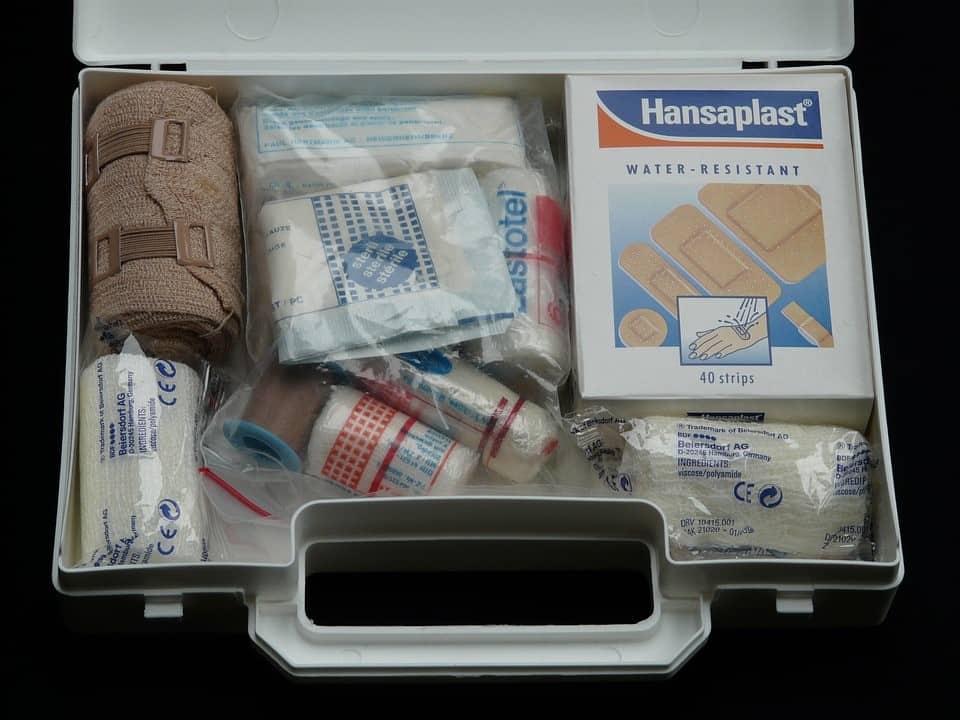
Camping is an entirely different environment to what most people are used to. As such, injuries or un-wellness end up being very common experiences for novices. Some of these can be prevented with caution, with the more abrupt injuries best handled via prompt and proper treatment.
When you’re out in the middle of nowhere, it may be hard to get access to medical assistance. A first aid kit is a needed carry-on in all outdoor expeditions, and being able to treat injuries properly is a must-have camping skill for anyone braving the outdoors.
Dehydration
One of the most common issues with camping is dehydration, which also happens to be one of the more avoidable concerns. Dehydration is best handled with constant fluid intake and minimizing time spent directly exposed to the sun.
Water-rich foods such as fruits and soup are ideal meals of choice. Conversely, foods high in salt or sodium should only be consumed in moderate portions.
If dehydration intensifies, it could potentially lead to heatstroke. This is dangerous when camping, due to both the distance from medical facilities and limited means to cool victims on-site.
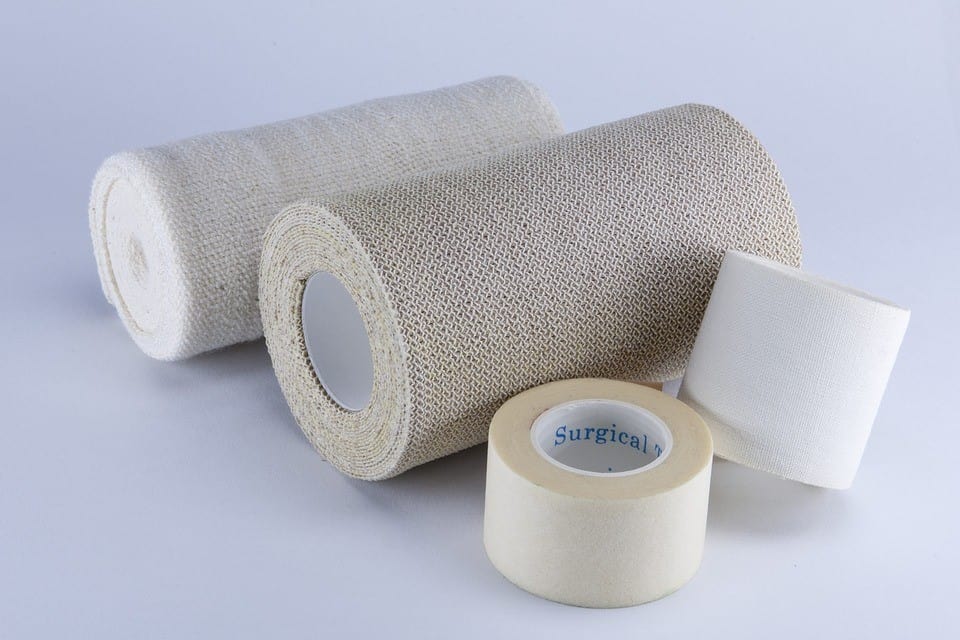
Abrasions
Abrasive injuries tend to crop up quite a bit, especially when kids are among the camping group. It’s very important to deal with cuts when they appear, no matter how small they seem. An infection could develop from untreated wounds, leading to pus, swelling, and fever.
The ideal treatment for abrasive injuries is immediate disinfection of the affected area with alcohol, followed by bandaging the injury to avoid further exposure to the elements.
Skin Conditions
Skin conditions are also a known hazard for campers. Sunburn leads to hot, sensitive skin that can be avoided with proper sunscreen application prior. Sunburns can be treated with moisturizers – especially ones that contain aloe vera.
Another source of irritation could potentially be plants in the area, such as poison ivy. The worst of these effects can be managed with anti-rash cream on-hand or avoided entirely by steering clear of unfamiliar foliage.
Pest and Critter Safety
Whether they’d sting, bite, or just root through your trash, insects and animals are among the biggest challenges to handle for prospective campers.
It’s best to contact people who’ve handled the area for a breakdown of common pests to expect, then do your own cursory search online to check what they may have missed mentioning.
Mosquitos
The most common nuisances for camping trips are mosquitos. These insects are known to leave itchy welts on the skin, being potential carriers for nasty illnesses such as dengue, zika, or malaria. Mosquito bites can be reduced by wearing covering clothing and bug-proof netting on trips.
When at the campsite, the smoke by the fire makes for a decent natural deterrent. Strong winds also tend to blow them away, but this method is more situational than the others.
Mosquitos are also attracted to body odor, which usually develops quickly. This can be handled with liberal use of deodorants, regularly changing into clean clothes, and constant reapplication of bug spray throughout the day. Picaridin-based sprays make for an effective repellant, and are generally safe to apply on both clothing and skin.
Scavengers
Scavengers are something to consider as well, usually ranging from tiny mice to harmless birds, or literal bears in some counties. What draws scavengers are strong scents or loose food. Always clean up after meals, and store food at least 100 yards from the campsite.
You can secure the food in a cooler – but only during the day. Animals behave more boldly at night, necessitating alternate means for dedicated storage such as bear canisters or bear bags.
Scavengers have been known to open exposed coolers, with some even breaking into cars searching for supper. Food can also be stored safely by hanging it off a tree, and some sites even have dedicated bear poles – long, metal structures with hooks for food bags – to help with the task.
Camp Setup
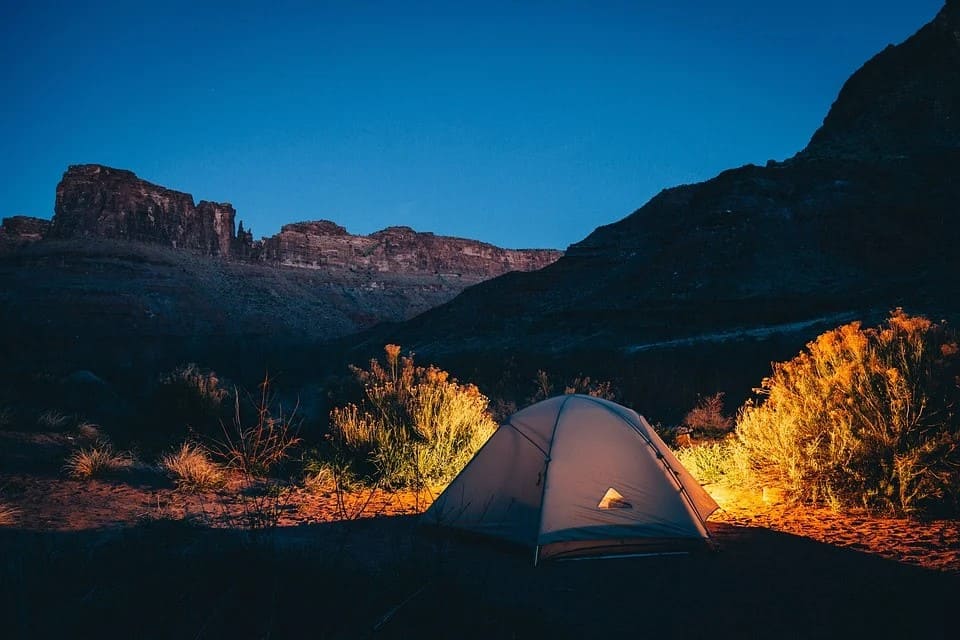
Location can make or break a camping experience. The ideal spot would be the flattest terrain available, shaded by overhead trees. Be wary of decaying branches overhead, and avoid areas likely to pool water in the rain. Always check for insect nests and hives in the area – ant and wasp colonies are dangerous when agitated.
Tents vary greatly in both materials and setup procedures. The best way to ensure proper tent setup is practicing at home, with the internet at your disposal to troubleshoot potential roadblocks.
Bringing tarpaulin is also a good way to get just a bit more protection from the elements, and can function as either added roofing or an improvised wall for tents that can’t be fully closed.
Campfires
It’s important to set campfires at least 15 feet from your tent, trees with low-hanging branches, or any sort of grass. Wind could blow stray embers downwind and catch, which could easily get out of hand.
Dig a circular pit about a foot deep, then ring the outer area with dry stones for a usable fire pit.
Tinder is the first type of firewood used and comes in the form of small twigs and dry vegetation. Kindling is the second type and is introduced to help feed and shape the fire. Finally, large pieces called fuel to maintain the campfire. Never leave a lit fire pit unattended.
Meal Preparation
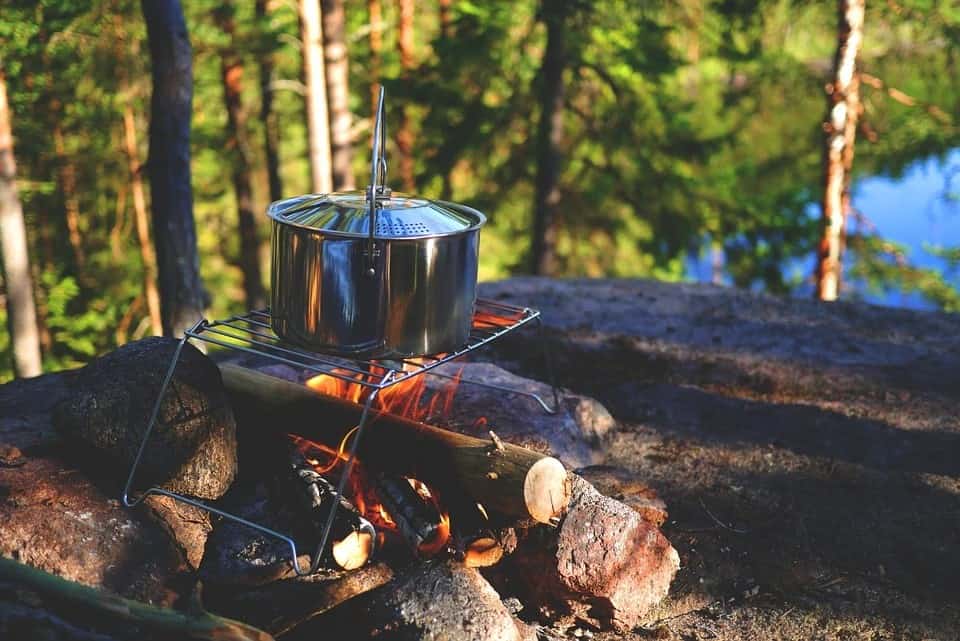
For simpler recipes, campfires and skewers often suffice. Marshmallows and hotdogs are both common hiking fare and can be roasted easily over an open flame.
More complicated plans need proper cookware, such as cast-iron pots, tongs, or a folding grill. Aluminum foil is a good carry-on, granting an inexpensive way to handle and warm most meals.
Mind food safety precautions, especially for handling raw meat and other risky perishables. It pays to handle preparations before the trip – like dicing veggies, marinating meat, or making spice blends.
Water Treatment
It’s important to always pack enough water for the trip – usually one gallon per person for drinking, and another for other needs like cooking, dishwashing, and laundry. There are ways to treat water from natural sources, making them safe for consumption while also reducing travel weight needs.
Running water is ideal, as still water is a known breeding ground for bacteria and insects. It’s not clean enough to drink, being infested with contaminants, protozoa, or viruses. Filtration can get rid of the former two, but only water purifiers can successfully purge viruses.
Filtration and Purification
Purifiers aren’t always needed, depending on the area. In the wild, fewer humans translate to less risk of harmful virus transmissions. Purifiers are safer choices when traveling to unfamiliar locales or areas with lower sanitation standards.
Boiling and Chlorination
Another option is boiling water for about 1-3 minutes. It’s one of the most reliable ways to kill illness-causing contaminants and can be done with minimal tools. Boiling is best used in conjunction with filtration to remove dirt and other particle contaminants.
Chemical treatments are also viable, with the most common method being chlorination via tablets. Chlorination is a quick and proven method to turn water potable, but like boiling this method still leaves contaminants in the water. It does allow for a quick way to turn water usable, and filtration can still be administered afterward.
Final Thoughts
Camping is a great way to pass the time, but enthusiasts ought to develop the proper camping skills before making the leap. It’s always best to be prepared rather than panicking a good deal away from civilization. After reading up and preparing themselves for possible risks, campers are more than welcome to take in all the sights city life can’t ever hope to replicate.
